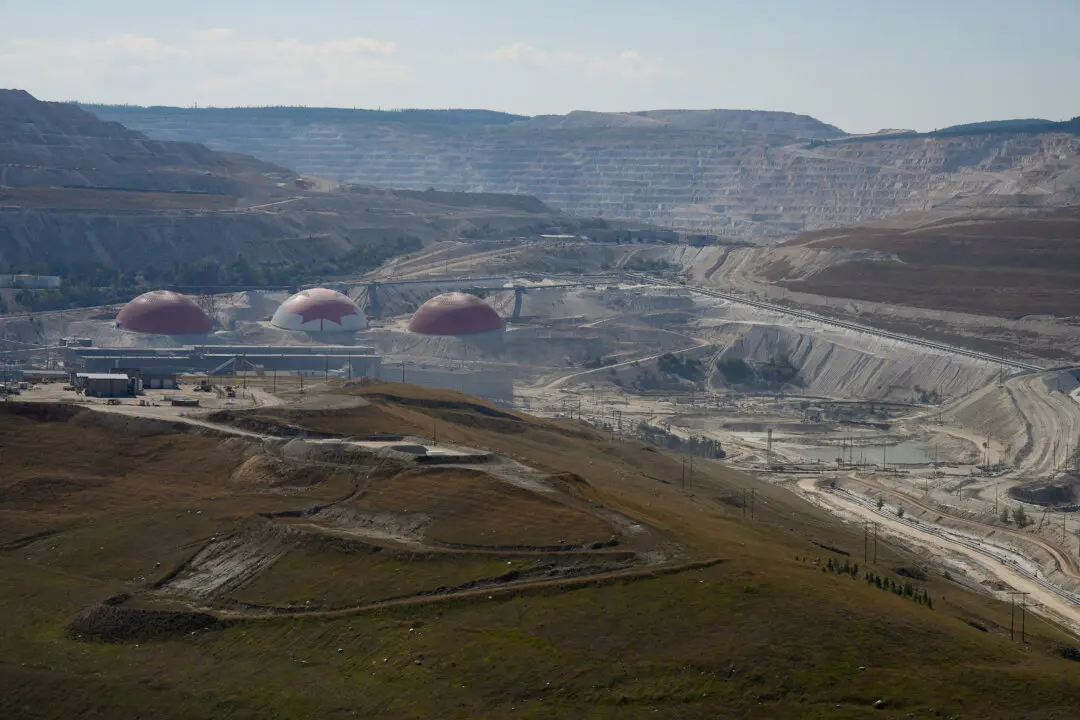One of the key demands Alberta Premier Danielle Smith made of Ottawa in her much-publicized post-federal-election speech was an overhaul of the equalization program, which she has described as unfair.
Smith expressed frustration in the May 5 speech, contending that Alberta is forced to prop up the country’s largest provinces under the existing framework while receiving nothing in return. She said Alberta should receive the same per capita federal transfers under the equalization payment program as Canada’s other large provinces.





